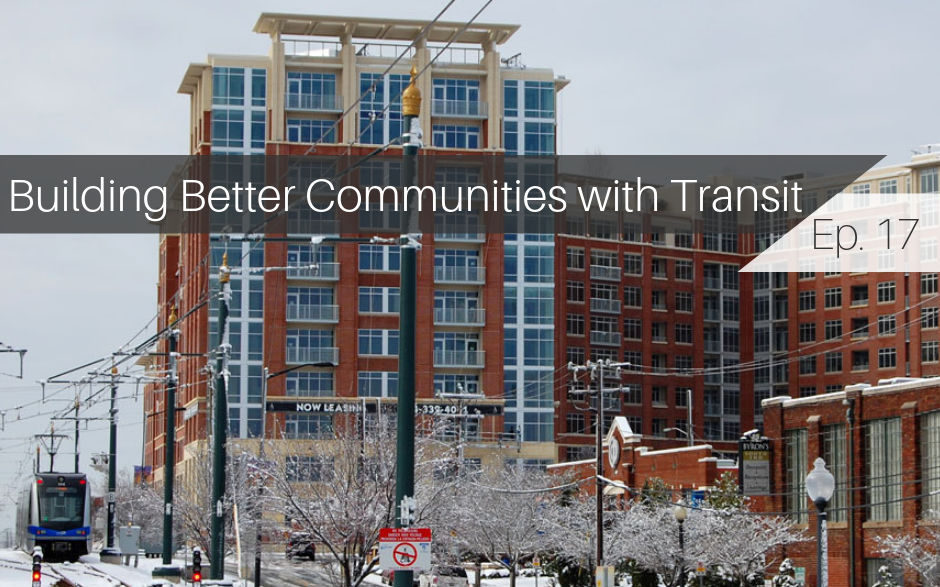
News
By Sean Doyle, June 7, 2019

A southbound LYNX Blue Line train approaches East/West Station in Charlotte's booming south end. (Image: James Willamor, Flickr)
Charlotte is booming. Since 2003, upwards of 12,000 new housing units have opened along the LYNX Blue line, Charlotte's first light rail corridor that opened in 2007. Those new homes were built under TOD zoning that was passed in the early 2000s. But when planners went back to look at the development over the last decade, they weren't entirely satisfied with the results. "We like these , they're pretty good, but we feel like they could be better," according to Monica Holmes, placemaking manager for the City of Charlotte and the project manager for the rewrite of the TOD zoning ordinance.
As Monica explains on this month's episode of Building Better Communities with Transit, the city decided to create new TOD zones that would better reflect the needs and context of different stations. In April of this year, Charlotte adopted updated TOD zoning, and it couldn't have come at a better time. Development is picking up along the Blue line extension that opened last year connecting downtown Charlotte to the main campus of the University of North Carolina at Charlotte. And planning for a new east-west light rail line is in the early stages.
The new TOD zones replace the one-size fits all TOD zoning that the city had been using with more nuance that will guide development to better fit the context and market demands of a particular station. And planners also worked to incorporate their broader city goals and vision into the policy. A new menu of "economic mobility" items—like affordable housing, transportation improvements, and additional open space—earn developers points that can be translated into taller building.
But the TOD zoning is just the first step in a larger, citywide zoning overhaul, the first such overhaul since the early 1990s. On the podcast, Monica talks about why the TOD zoning ordinance was the first part of the code rewrite and dives into the details of the new zoning and why it was structured the way it is.
Building Better Communities with Transit is intended to provide support to communities and local leaders who are working to catalyze new development around transit, give more people access to public transportation, increase access to opportunity, and build robust local economies. You can find this episode—and all of our previous episodes—on Soundcloud, Stitcher, iTunes, Overcast or wherever you get your podcasts.
Checkout all the episodes at TODresources.org’s podcast page. A new episode is released every month!
Related News

© 2026 Smart Growth America. All rights reserved
Site By3Lane Marketing











